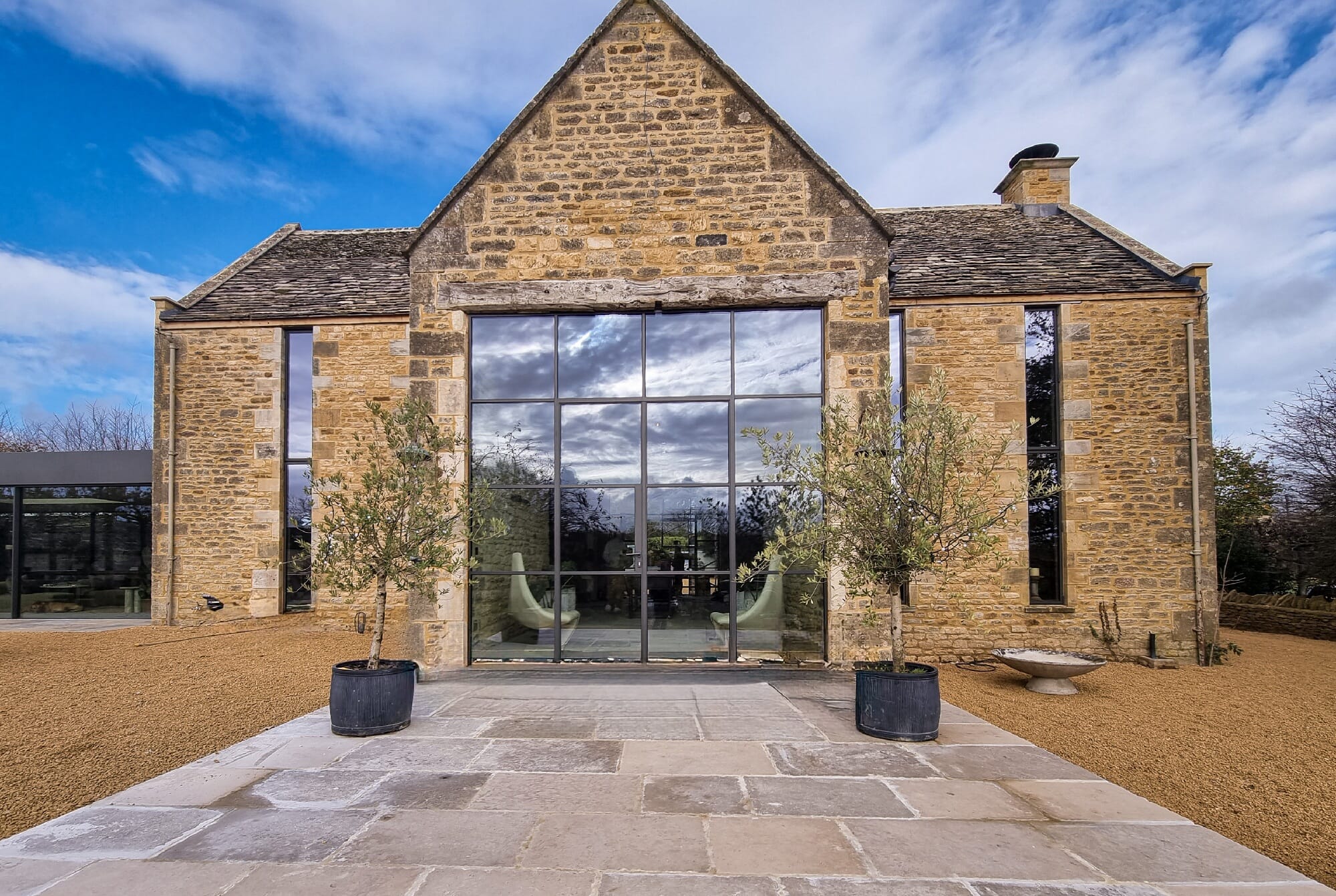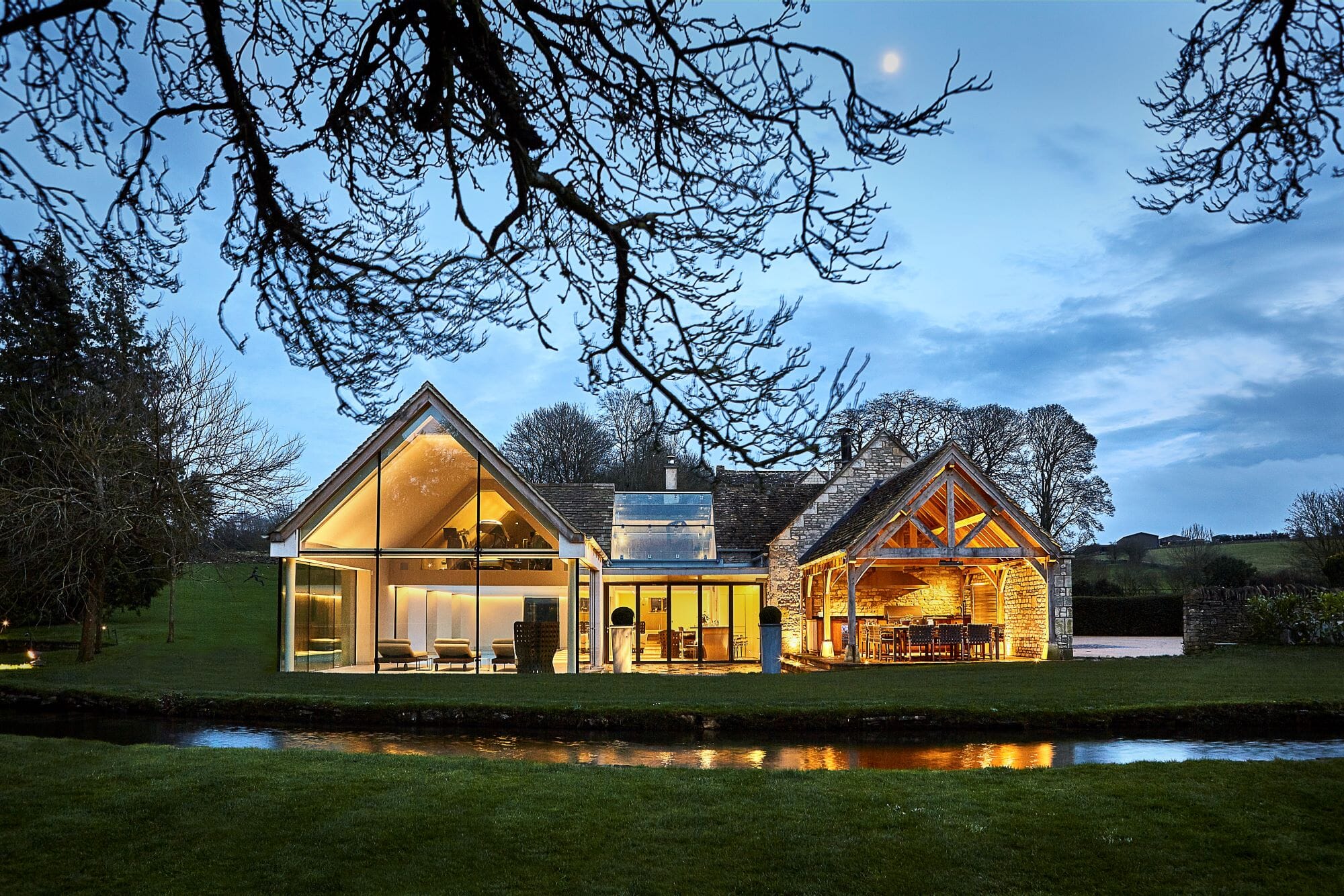
Our knowledge
The latest glazing news, advice and industry developments
Featured Article
Steel Windows and Doors: What to Look for in a Premium Product
Discover what defines premium steel windows and doors, from C5 corrosion protection to MHB’s artisan Rembrandt finishes and 100+ year lifespan…
Read More
All articles
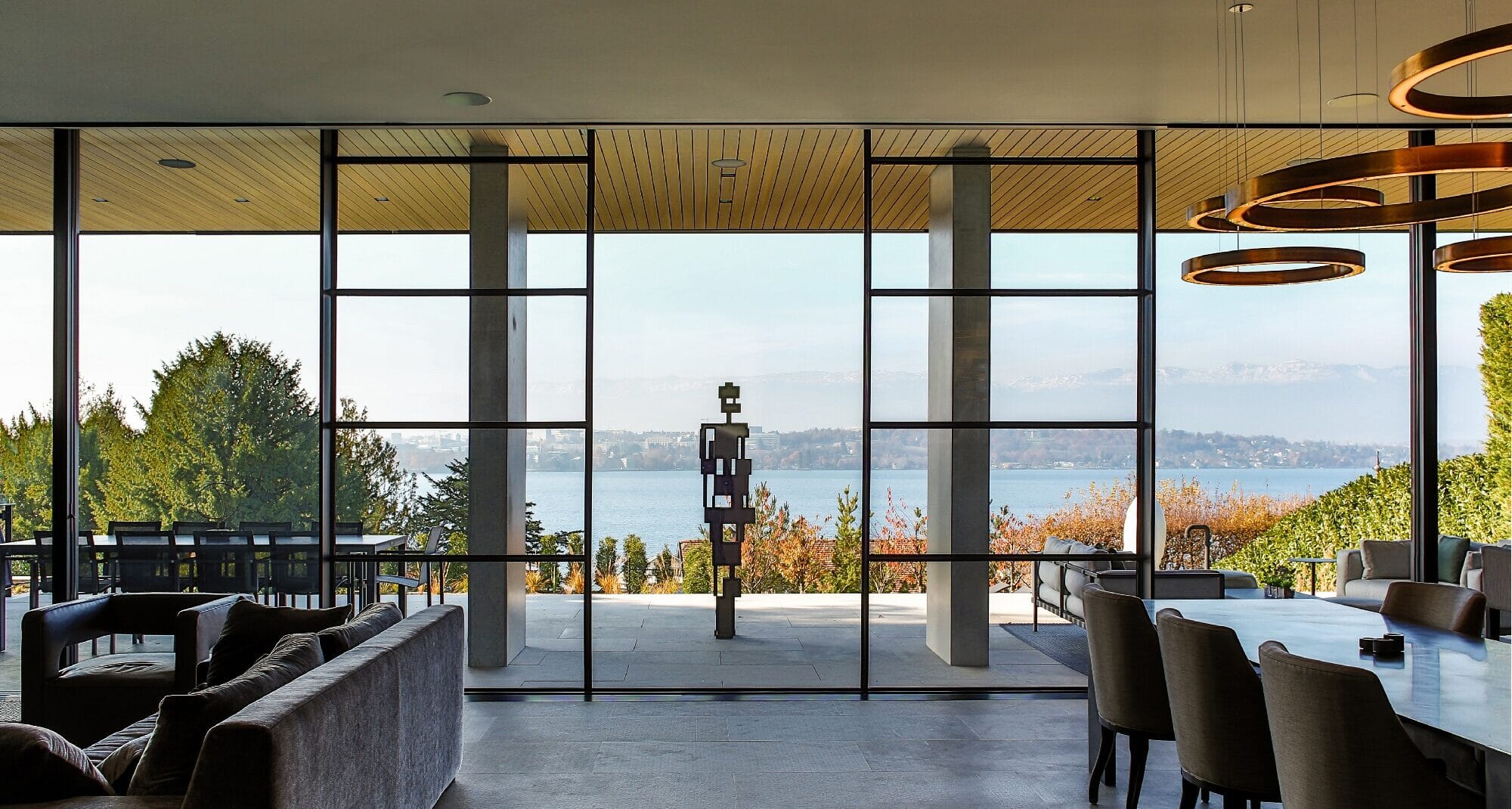
Steel Windows and Doors: What to Look for in a Premium Product
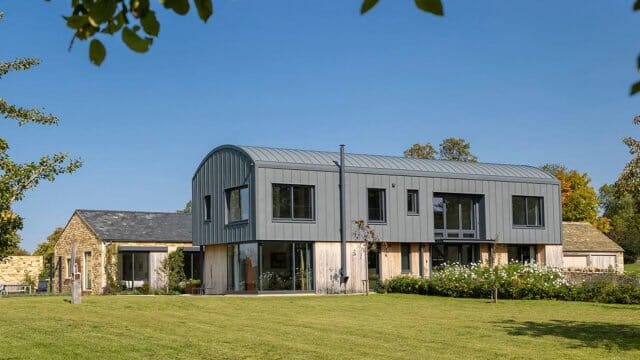
In Conversation with… Daniel Gore, Tyack Architects

In Conversation with… Andrew Inchley, Yiangou Architects
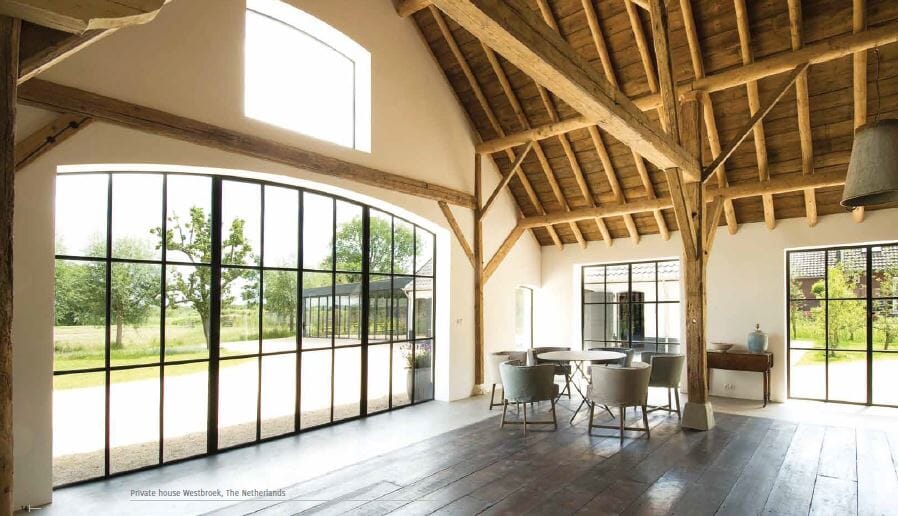
Are Heritage Style Steel Windows Compliant With Building Regulations?
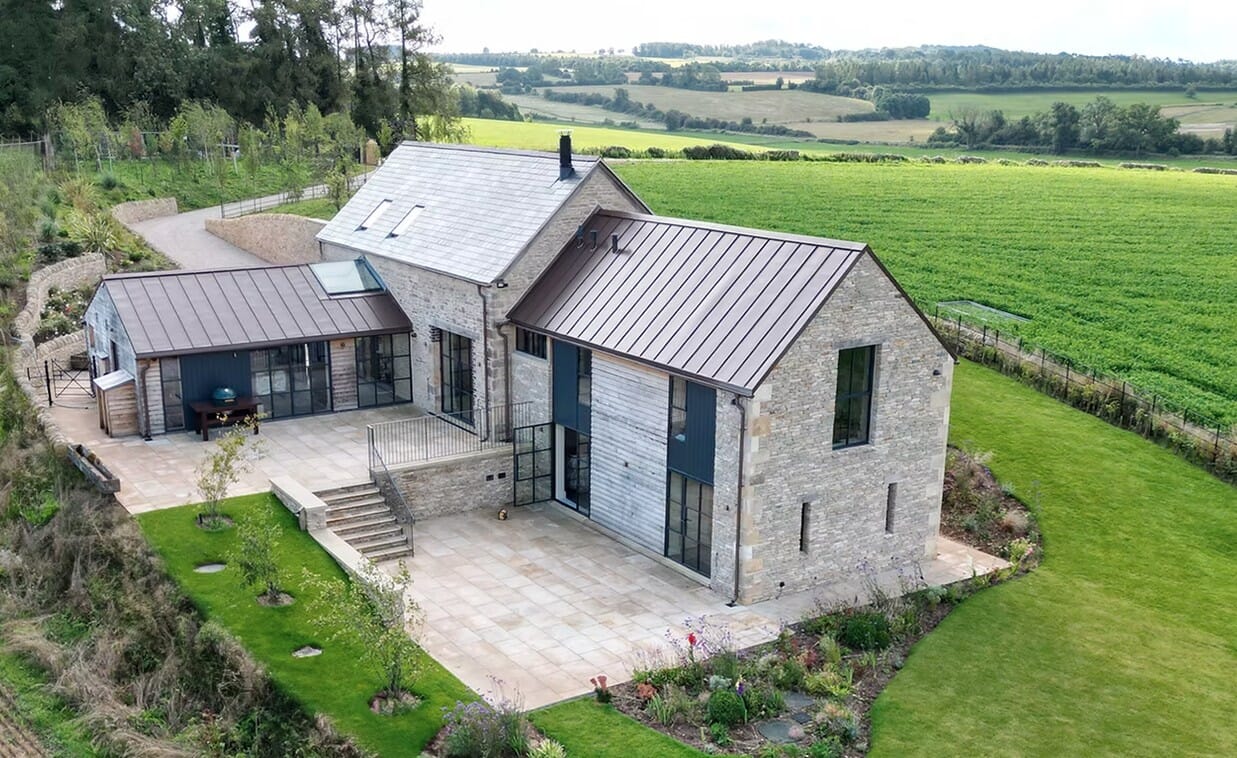
The Evolution of Heritage Steel Windows
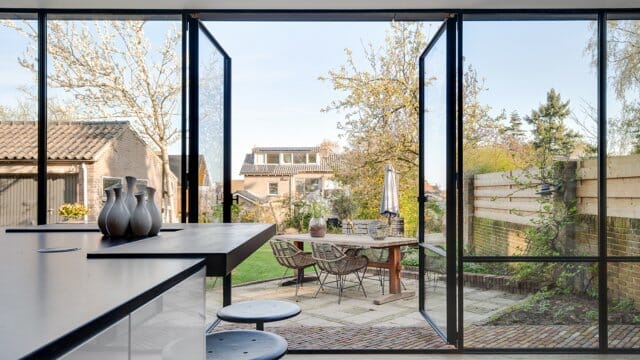
MHB Steel Doors and Windows: Strength, Style and Security
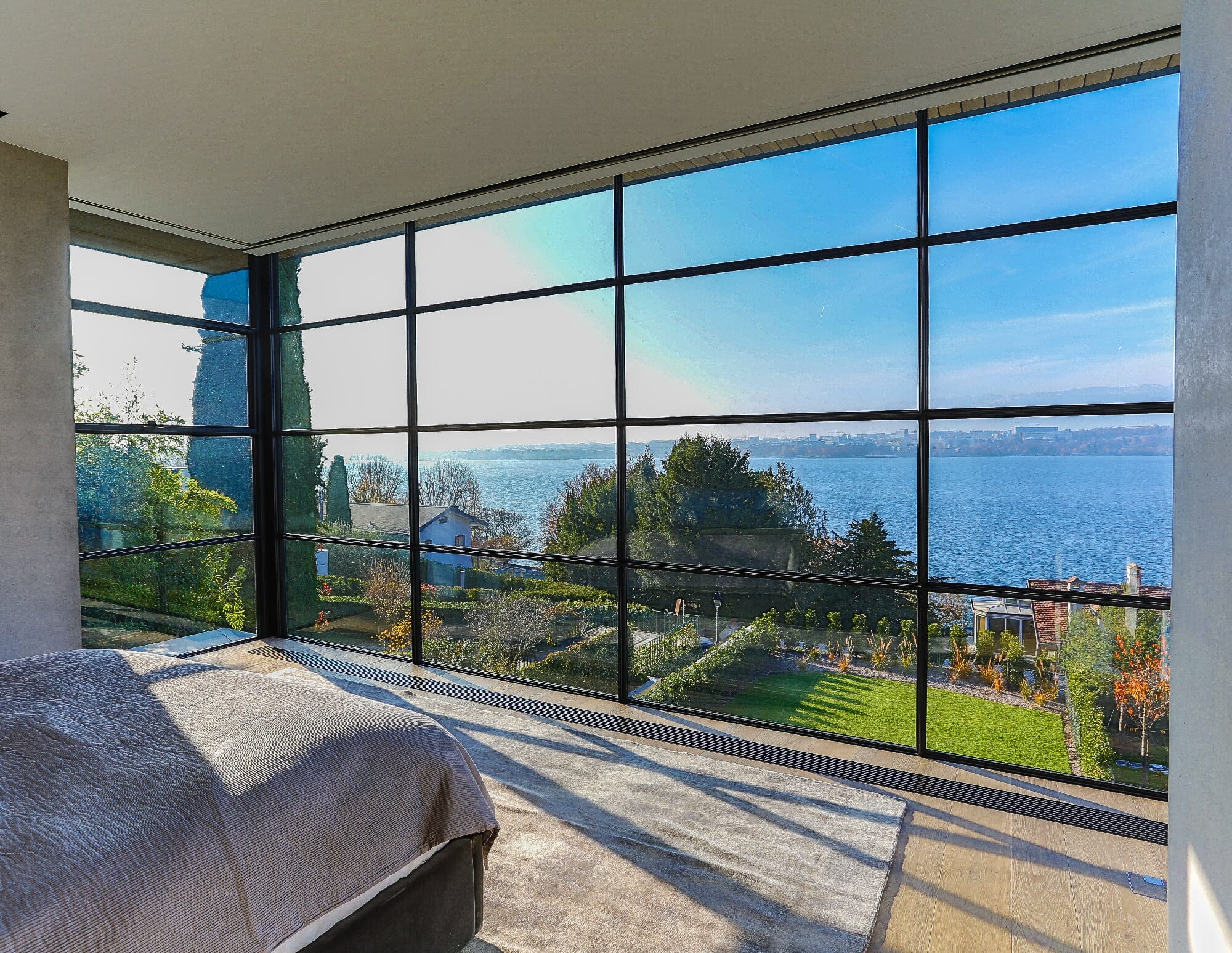
Aluminium vs Steel Windows: Which is Right for Your Project?
